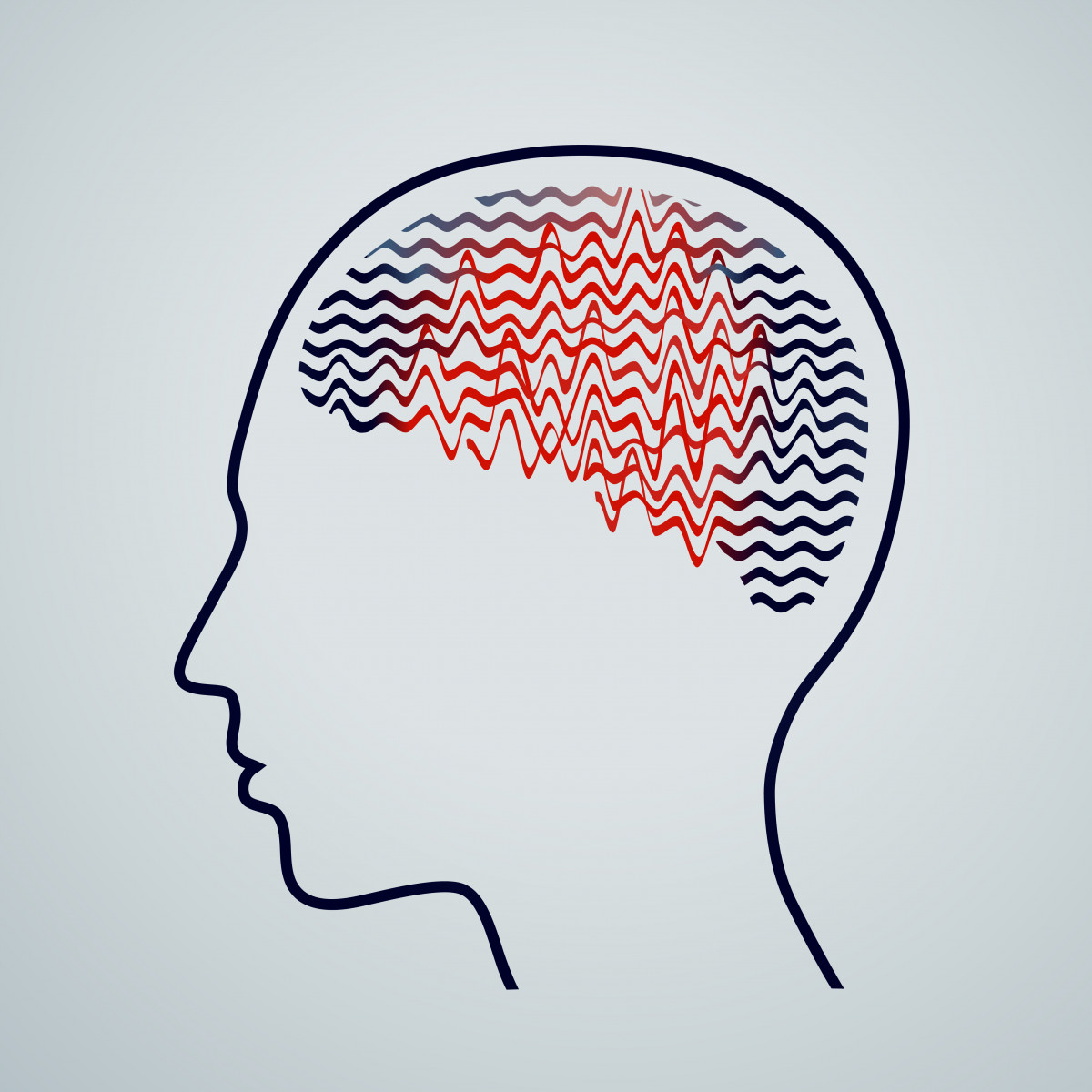Higher Daily Doses of OV101 Could Lessen Benefits via Changes in Nerve Cells
Written by |

Note: This story was updated on June 24, 2020, to clarify that higher daily doses, rather than long-term exposure, were thought to contribute to the loss of benefit. The headline was also changed to more accurately reflect the mechanism by which therapy effectiveness may be affected.
Higher daily doses of Ovid‘s treatment candidate for Angelman syndrome patients, OV101 (gaboxadol), may result in adaptive changes in nerve cells that cause a loss of therapeutic benefit over time, new data suggest.
This loss of benefit, called pharmacodynamic tolerance, is also seen in mice when treatment is used long term, suggesting that overexposure to OV101 should be avoided.
The study, “Evidence of pharmacodynamic tolerance during repeated daily gaboxadol exposure in individuals with Angelman syndrome,” was to be presented at the 2020 American Academy of Neurology (AAN) Annual Meeting, which was later canceled; it is available on the 2020 American Academy of Neurology AN Science Highlights platform.
OV101 is a small molecule derived from a component found in mushrooms that works to activate tonic inhibition in the brain. This inhibitory process is faulty in Angelman patients, causing excessive neuronal activity that overloads the brain with signals, and makes it unable to distinguish important information from background noise.
OV101 is designed to selectively activate GABA receptors on the surface of nerve cells, causing a sustained increase in chloride ions in these cells. This increase generates tonic inhibition in most areas of the developed brain, and is expected to ease the neurological symptoms of Angelman.
The recently completed STARS Phase 2 trial (NCT02996305) demonstrated that OV101 significantly lessened symptom severity, improving sleep, behavior, and motor abilities in adolescents and adults with Angelman syndrome.
But treatment benefits were only seen in patients given OV101 once a day; those takingOV101 twice daily experienced no significant differences compared with a group given a placebo over the 12-week study.
The percentage of patients with minimal or much improvement in symptoms were 22.2% in the placebo group, 66.6% in the group with OV101 once daily, and 42.8% with twice daily treatment.
These findings suggest the emergence of treatment tolerance, or the desensitization of GABA receptors, caused by more frequent daily OV101 treatment, the researchers noted.
Similar findings had also been observed in mice, in which OV101 progressively lessened motor symptoms (assessed by time on rotarod), but that improvement reached a peak at day 28 after treatment initiation and effects started to wear off from that point on. Higher doses of OV101 also resulted in desensitization to treatment.
“Differences in [outcomes between] gaboxadol dosing regimens in people with [Angelman syndrome] may result from receptor overstimulation-induced pharmacodynamic tolerance or desensitization,” the researchers wrote.
“Supratherapeutic doses and excessive temporal exposure to GABA agonists are commonly associated with the emergence of pharmacodynamic tolerance,” they concluded.
Ovid is now examining OV101 in the pivotal NEPTUNE Phase 3 trial (NCT04106557), which randomized its first participant in September. The trial is recruiting up to 90 children, ages 2–12, who will receive OV101 or a placebo once daily at bedtime for 12 weeks.
The study is enrolling at 13 clinical sites in the U.S., Australia, Germany, Israel, and Netherlands; more information is available here. Top-line results are expected in the second half of this year.





